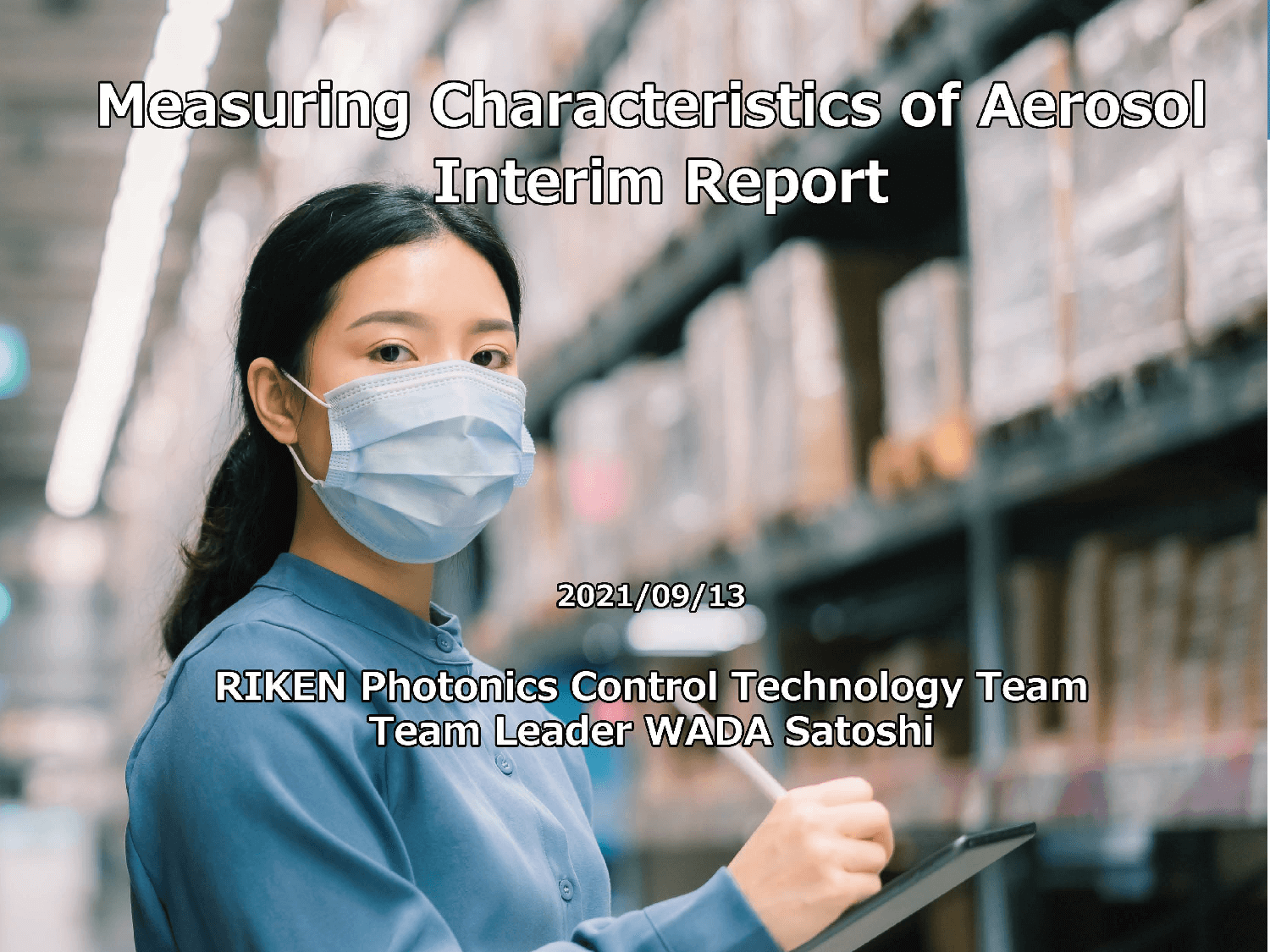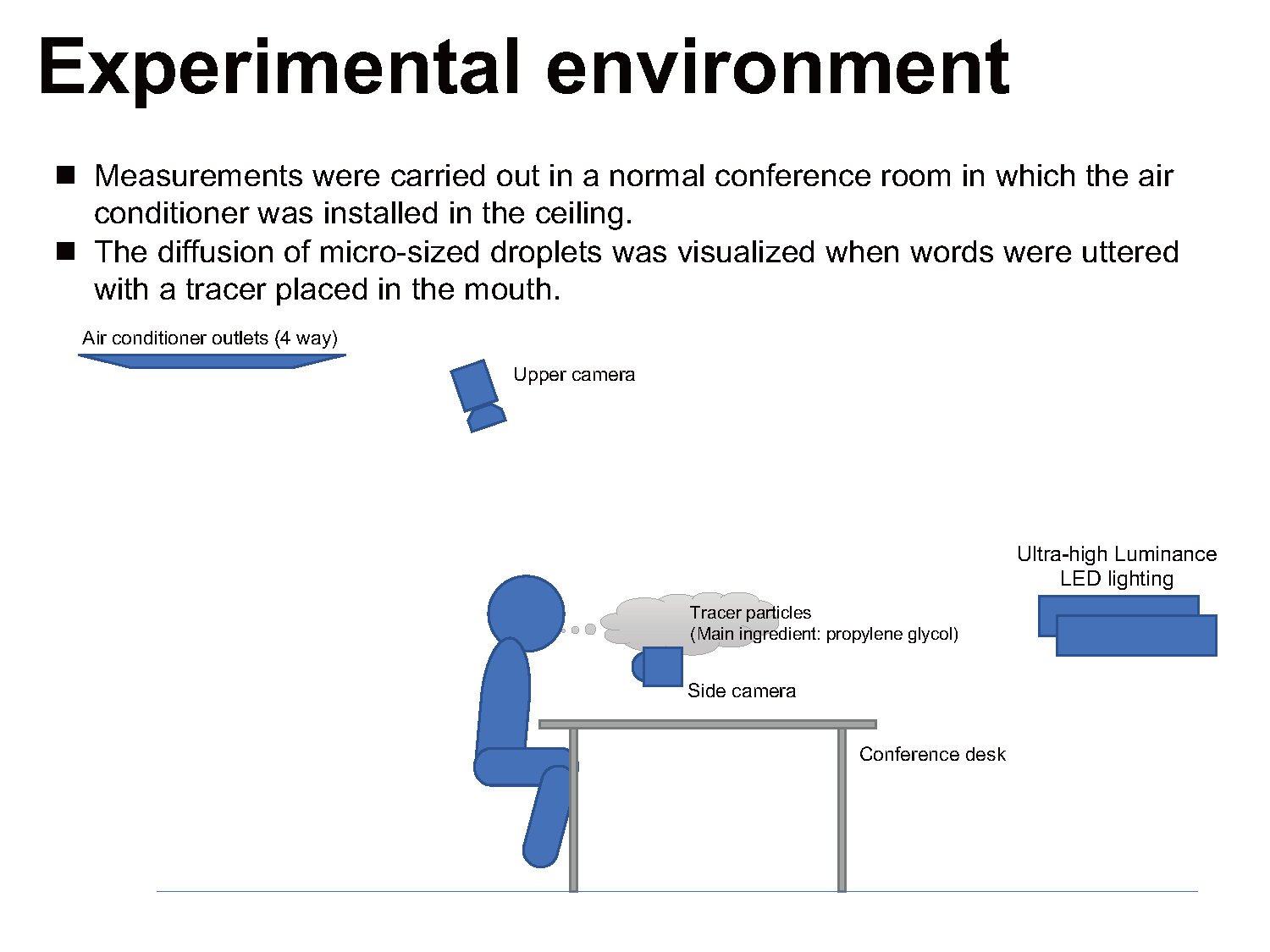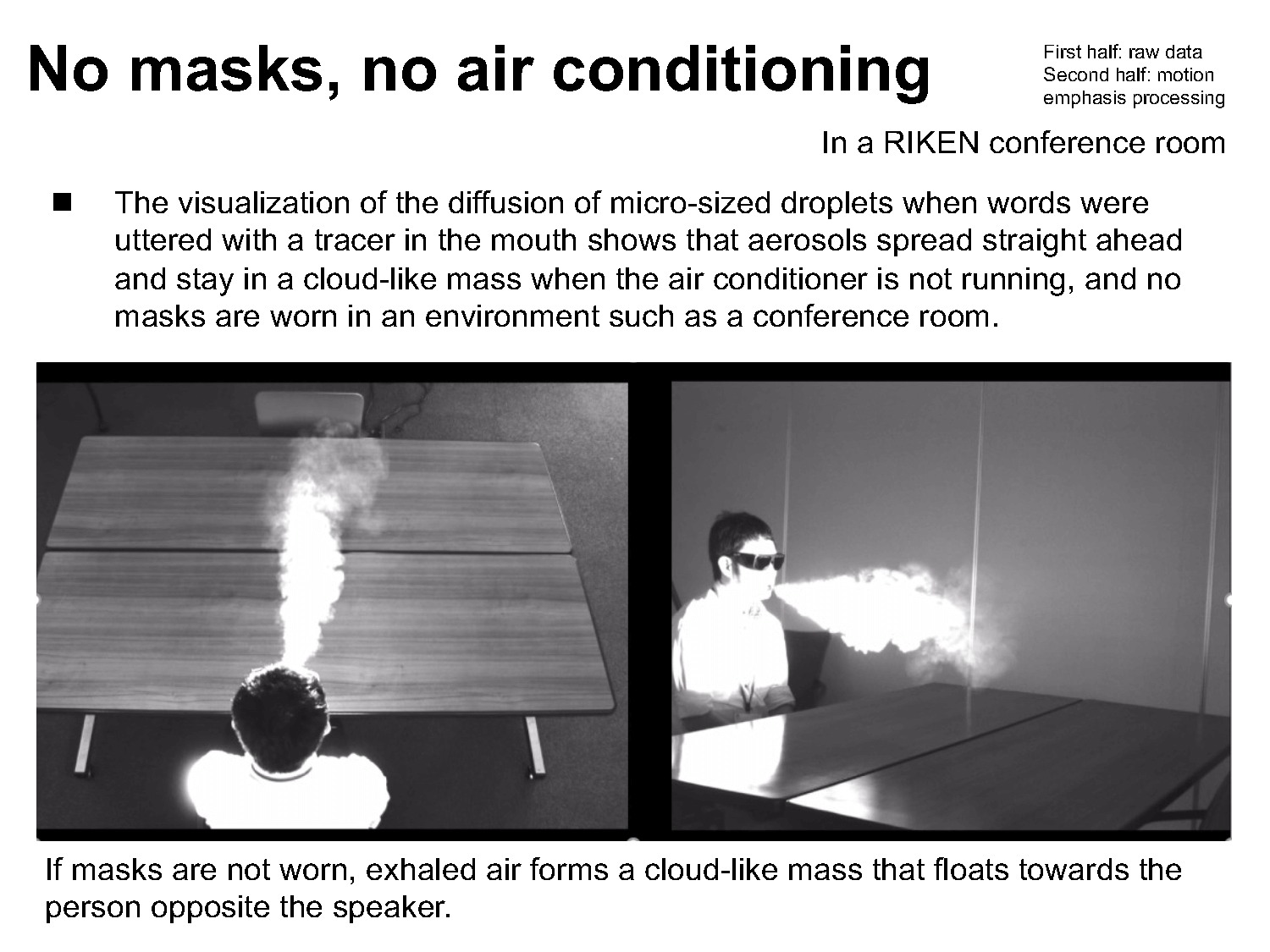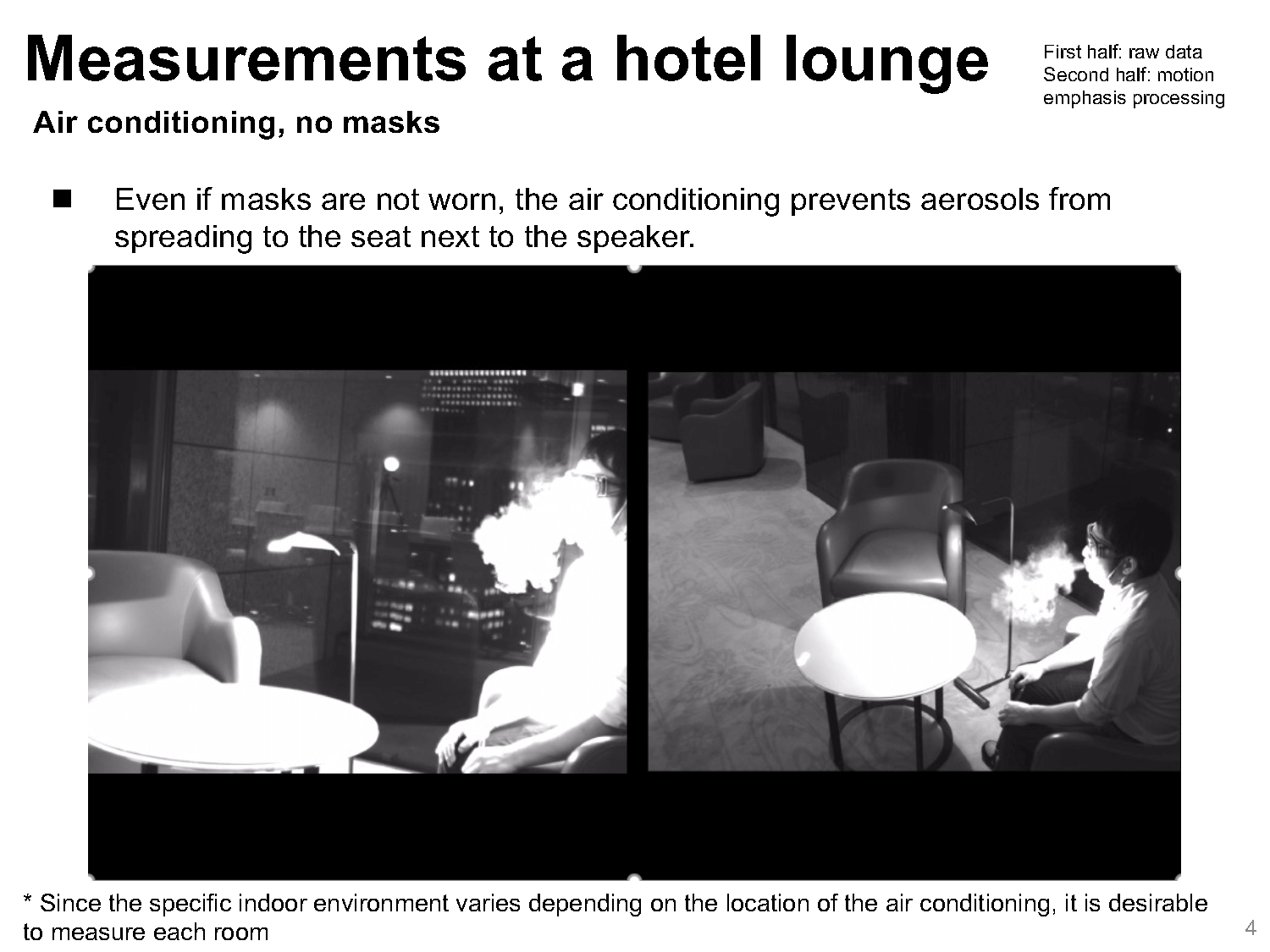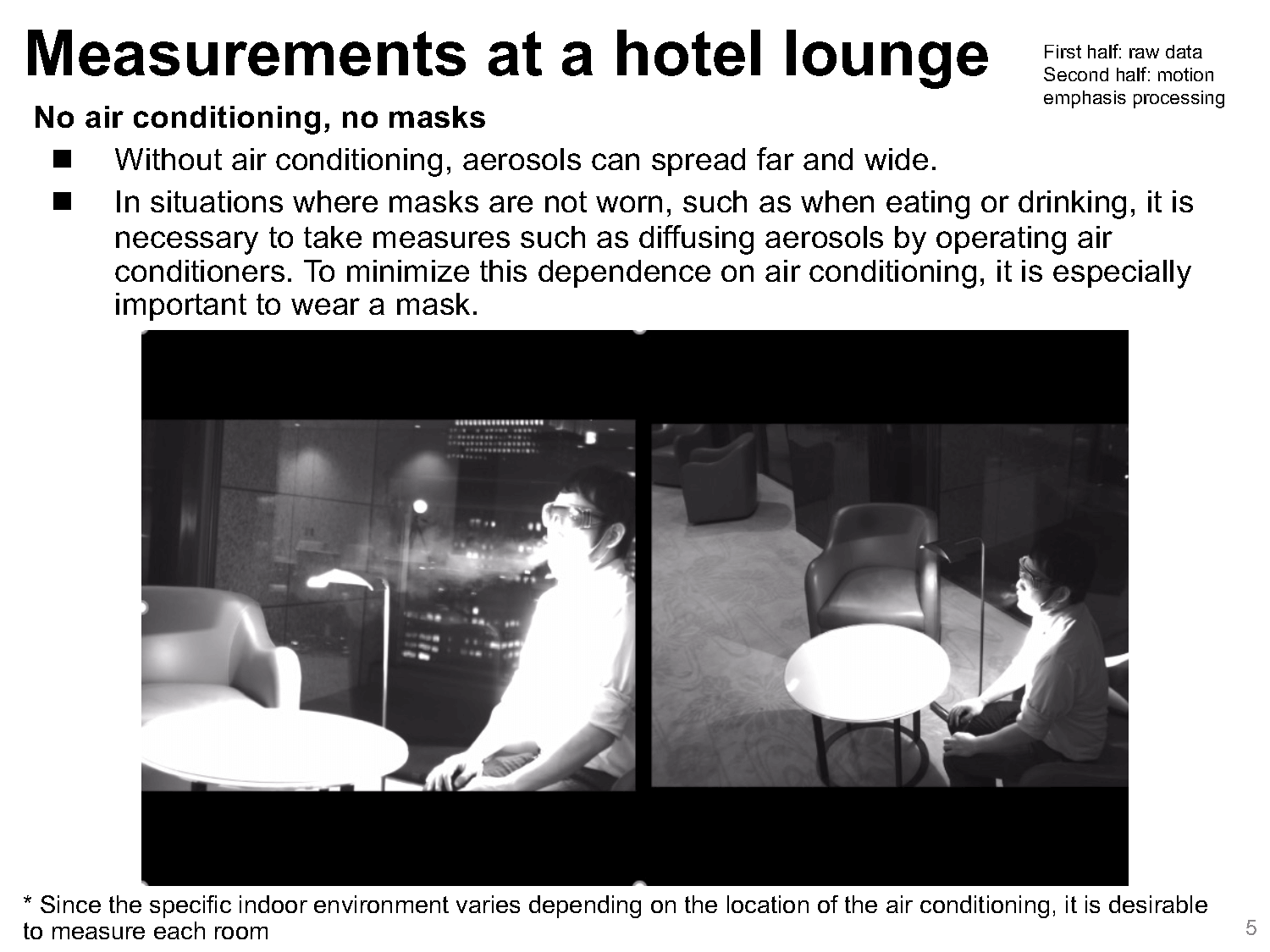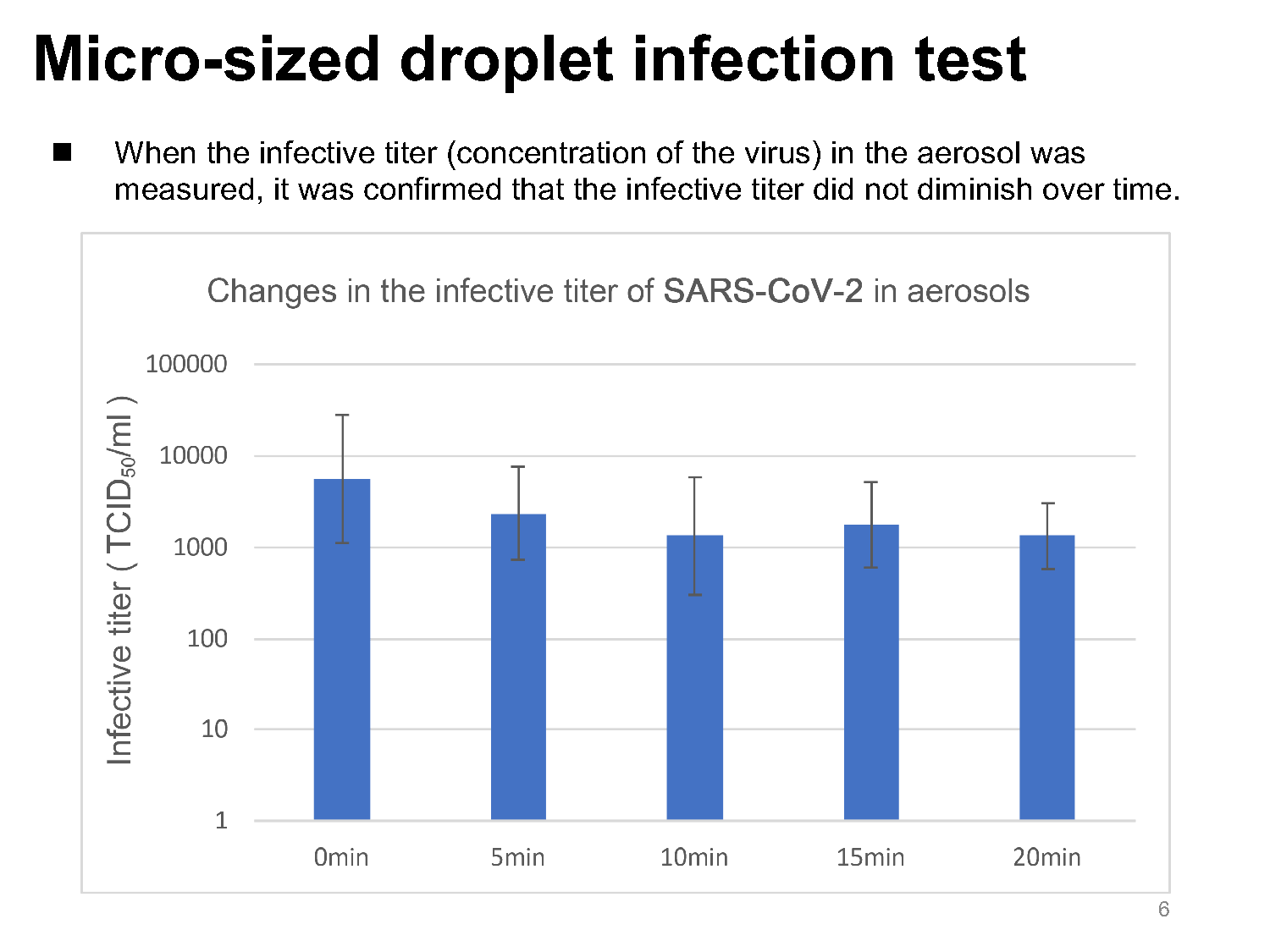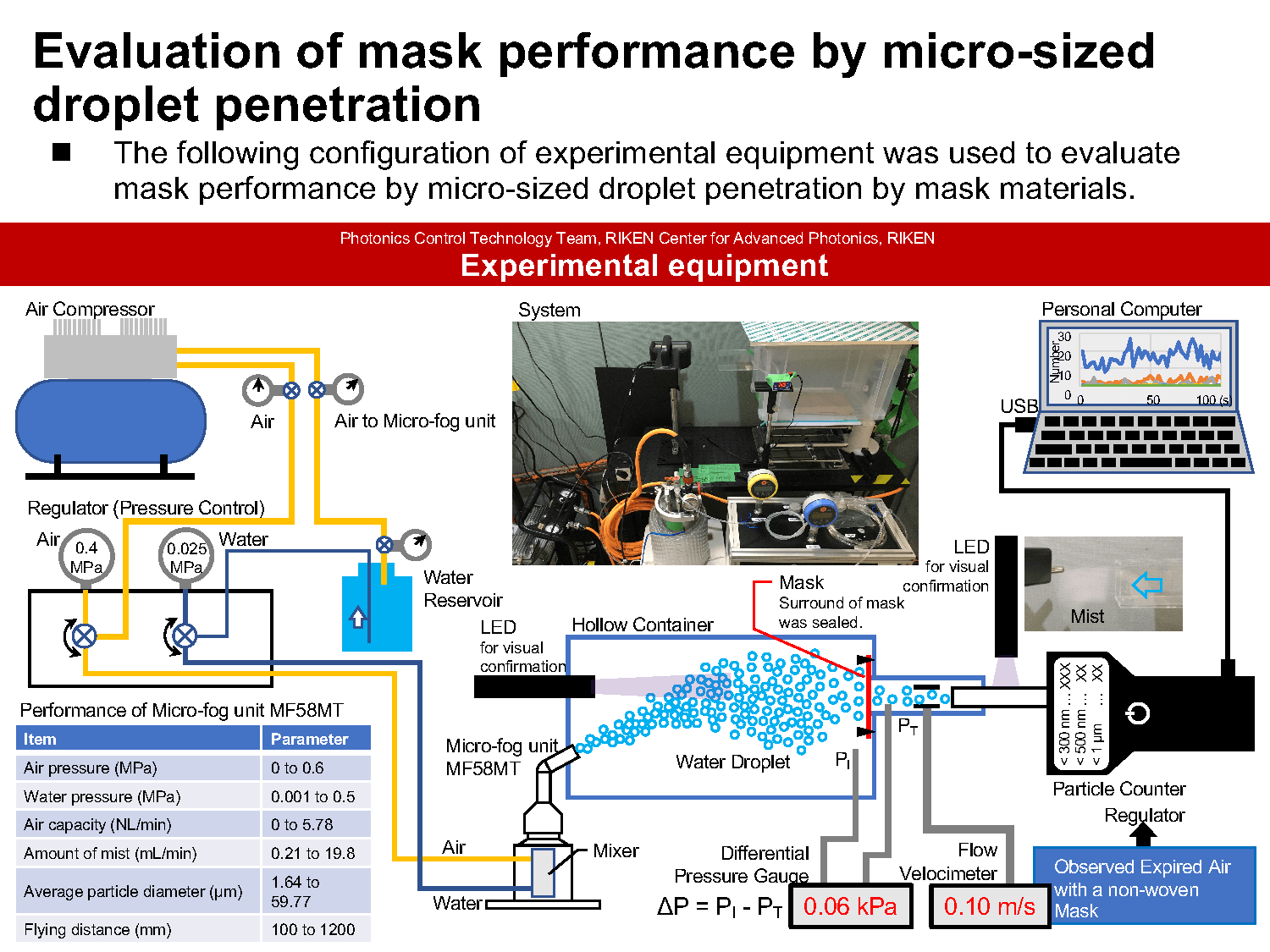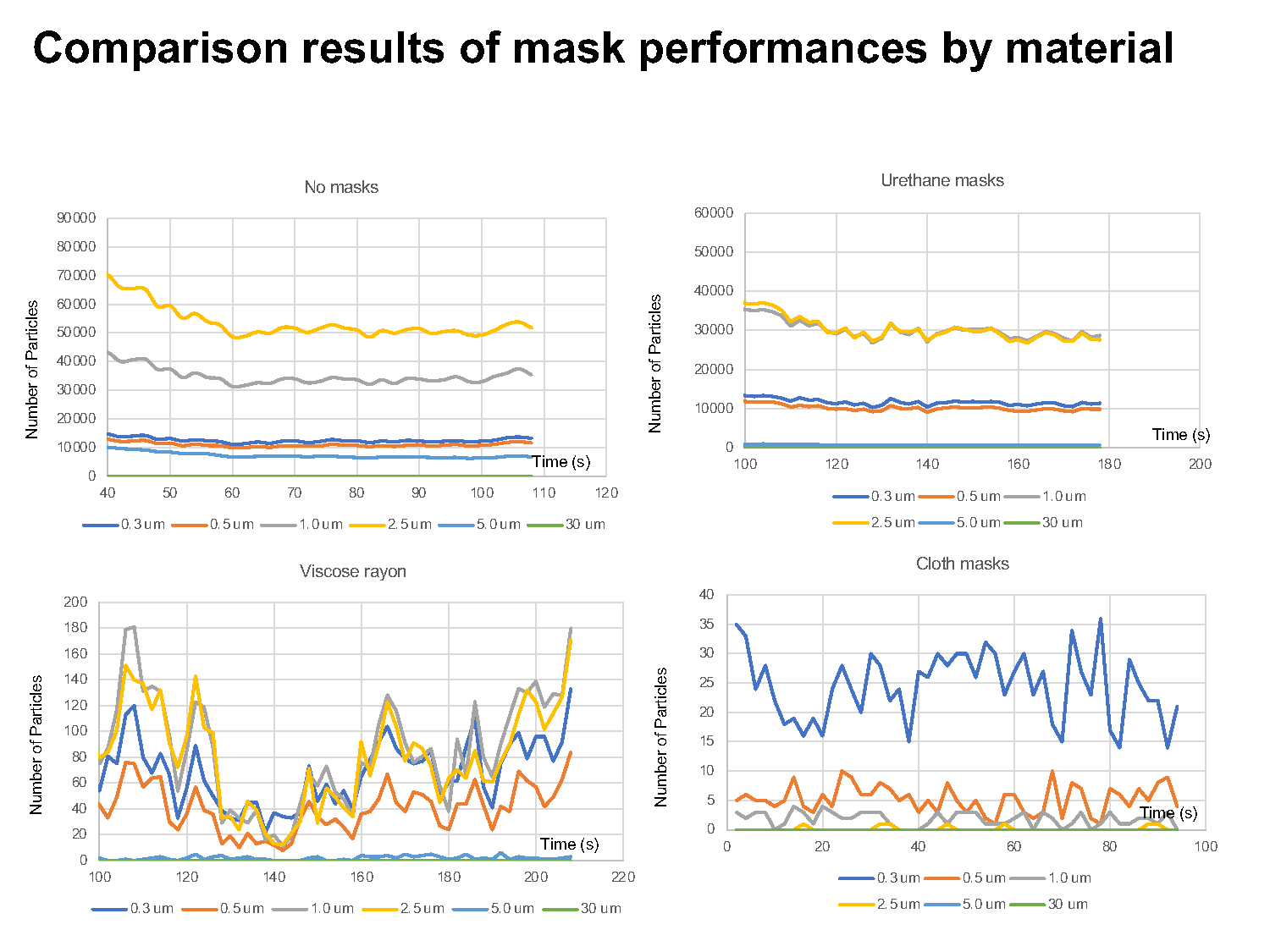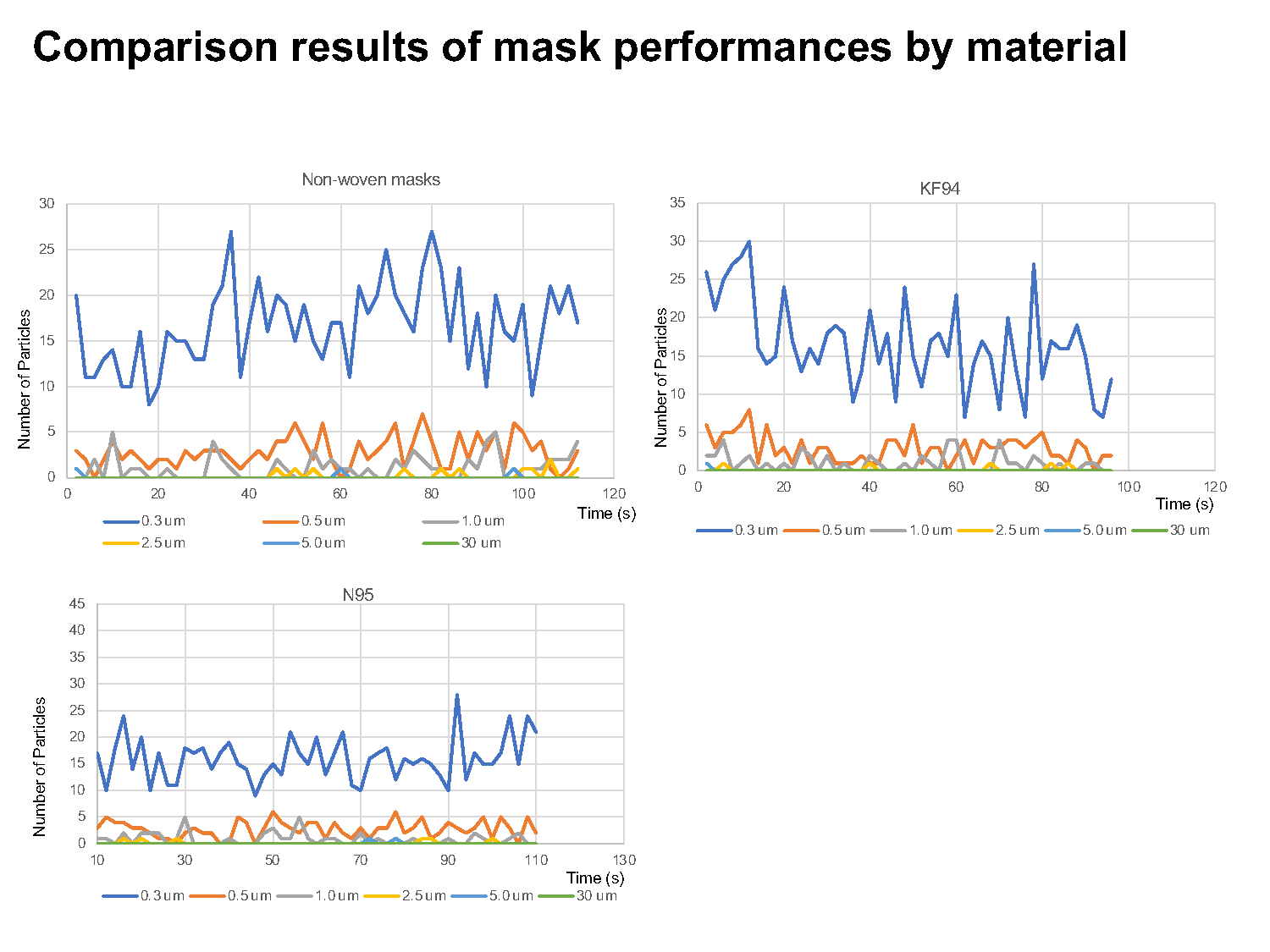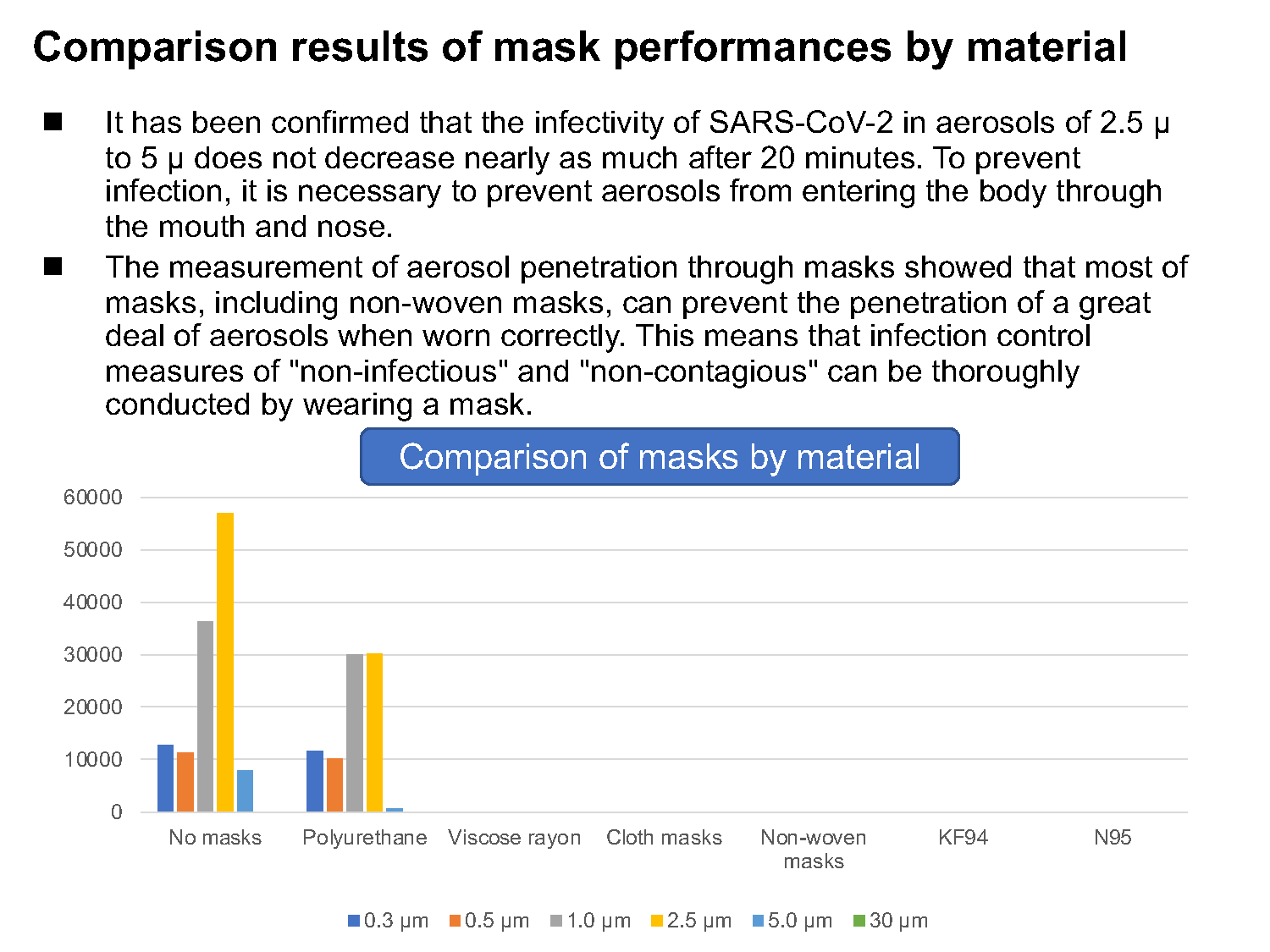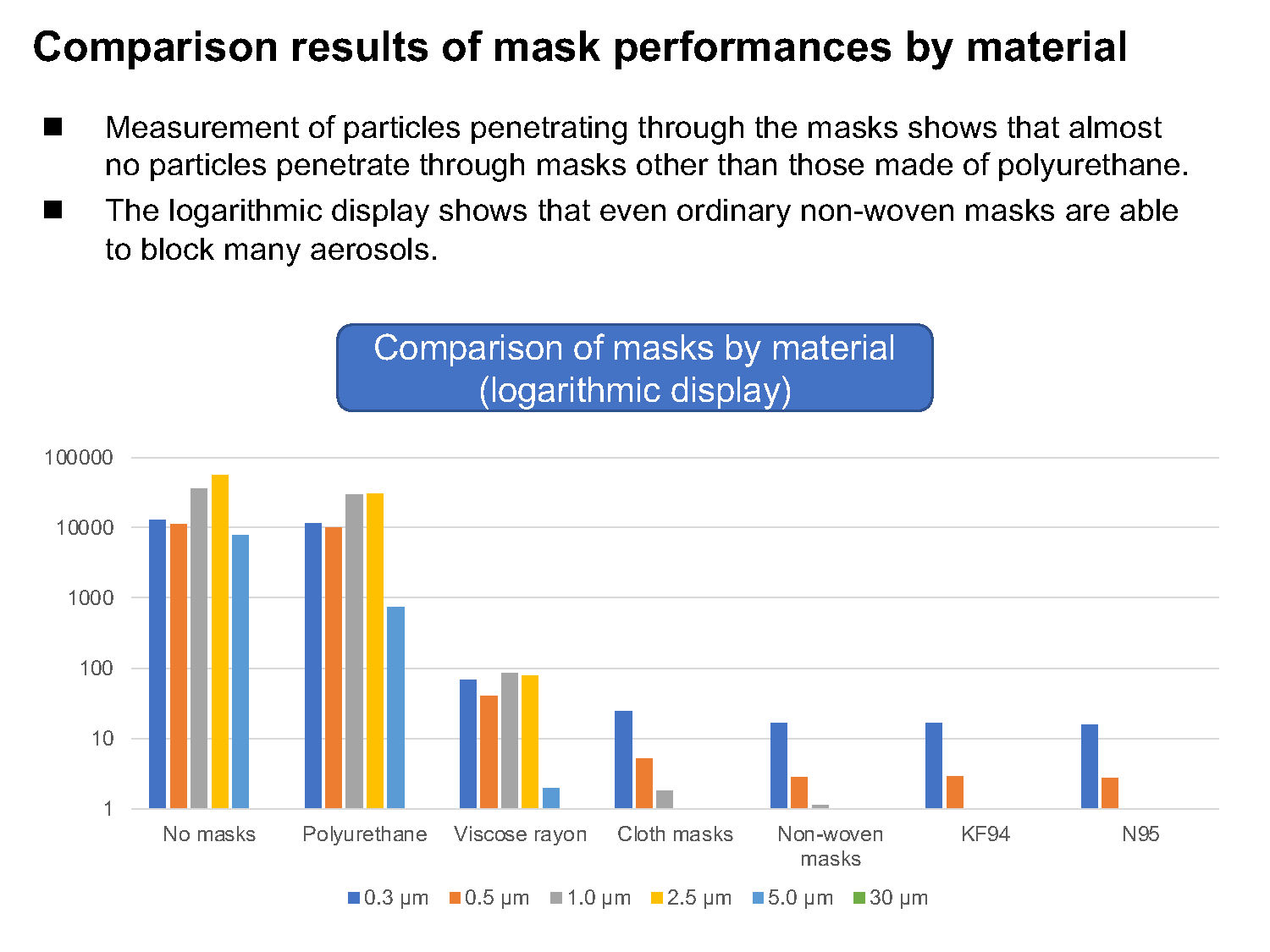Research Results:RQ2_2021
Infection prevention simulation
-
Measuring Characteristics of Aerosol Interim Report
2021.09.13
Organization
RIKEN Center for Computational Science
Researcher
Satoshi Wada
Related reports
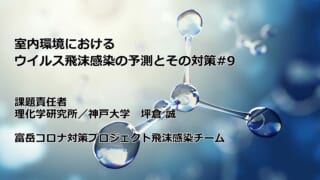
Prediction of virus droplet infection in indoor environments and countermeasures against it #9
2021.12.30
Researcher
Makoto Tsubokura

Researcher
Makoto Tsubokura
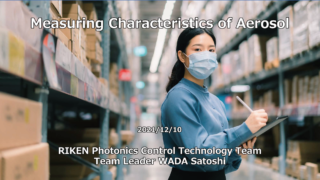
Measuring Characteristics of Aerosol
2021.12.10
Organization
RIKEN Center for Computational Science
Researcher
Satoshi Wada
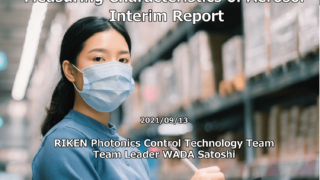
Organization
RIKEN Center for Computational Science
Researcher
Satoshi Wada
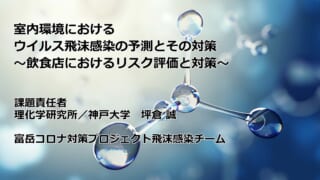
Researcher
Makoto Tsubokura
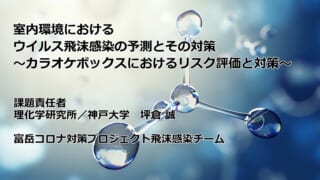
Researcher
Makoto Tsubokura
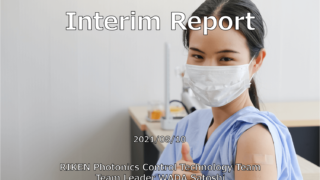
Interim Report
2021.08.10
Organization
RIKEN Center for Computational Science
Researcher
Satoshi Wada

Organization
RIKEN Center for Computational Science
Researcher
Satoshi Wada
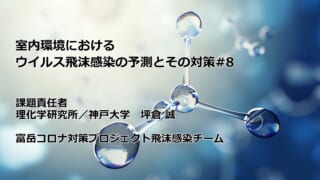
Prediction of virus droplet infection in indoor environments and countermeasures against it #8
2021.07.20
Researcher
Makoto Tsubokura
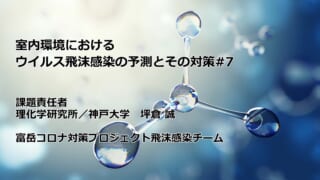
Prediction of virus droplet infection in indoor environments and countermeasures against it #7
2021.07.20
Researcher
Makoto Tsubokura
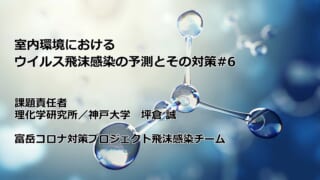
Researcher
Makoto Tsubokura
